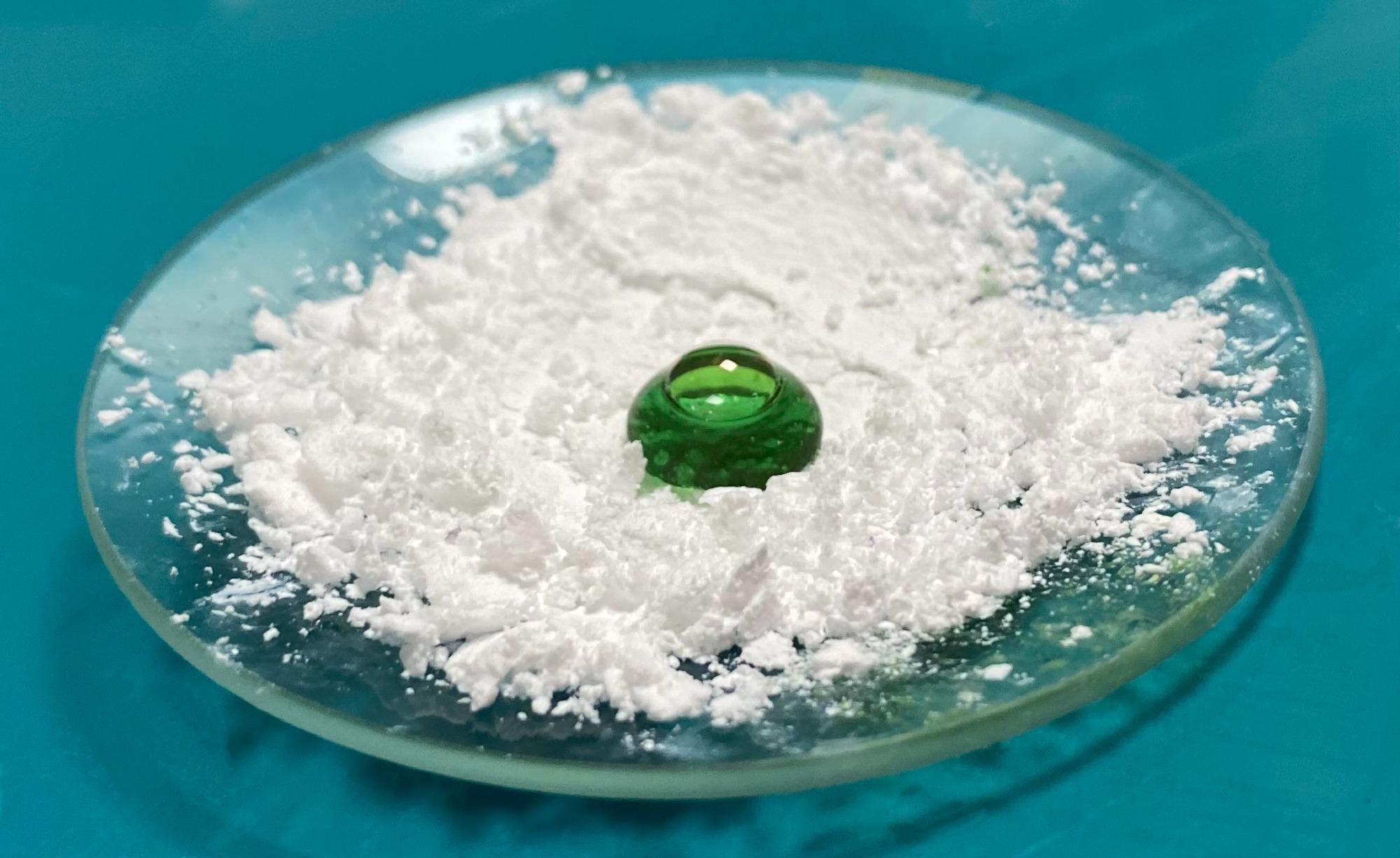AZoCleantech interviews Christopher Barton, CEO and founder of Barton Blakeley Technologies, about a world-first carbon conversion system turning emissions into silica. The company's development will help manufacturers to create improved products with a reduced carbon footprint.
Can you tell the readers about Barton Blakeley Technologies and its world-first carbon conversion system?
Barton Blakeley is an innovation house focused on the rapid commercialization of deep tech such as carbon dioxide utilization. The company specializes in quickly maturing technology into the industry. Its first development, HYPER XI, is an engine designed to run off waste emissions as a feedstock and produce valuable, useful products competitively.
How does the conversion system convert CO2 emissions into silica?
The first misconception about CO2 is it is inert, that it comes at the end of a process, and must be disposed of via emitting. CO2 is a versatile material with many interesting properties. Some of these properties, in the right environment and with the correct inputs, allow the CO2 to be cracked, splitting off the carbon and oxygen components into building blocks. It is from these building blocks that we make our products at a lower cost, and with significantly fewer energy inputs than current industrial methods.
What benefits does this system have in the short and long term?
Our silica is made from CO2 that would otherwise be emitted into the atmosphere. For every metric ton of the silica bought, a customer is storing the same amount of CO2 as approximately 30 mature trees would every year. But that is half the story. The technology has a 50% smaller carbon footprint than traditional silica manufacturing, meaning switching to silica from this process is the equivalent of 700 trees per year per ton of CO2 saved. Our technology is still at the “Mark I” stage and I am very confident we can get the footprint beyond 90% lower at scale.
How did Barton Blakeley Technologies come to develop such a unique technology?
From its start, Barton Blakeley’s young, dynamic team has always been motivated to develop technology that is beneficial for the environment, particularly as most of us are under this shadow that climate change casts on the day-to-day of working life. We have drawn in people from very different backgrounds - automotive, academia, commercial - into new science and product development. The development path is a unique blend of agriculture, aerospace, and chemistry.
For my own part, aerospace has many examples of high technology engineering that unfortunately became commercial failures when the economics were not considered from the start of the project.
For the scale of the problem, carbon conversion must yield better products and cannot cost more. I was driving on the motorway, with the radio on, thinking about a particular problem. One of the lyrics made me think about the equation in a different way. From that moment, we looked at carbon differently: read what was known, experimented with what was not, and completed the first principle prototype.
What is the importance of silica in everyday products?
Silica is like the butter and cornstarch of industrial recipes. It is great at making things slippery (anti-caking), thinning or thickening liquid for ease of handling (thixotropic), but also can be specialized to assist with UV light control, adsorbing chemicals, dispersion, etc. Therefore, you can find silica in pretty much everything from touchscreens, toothpaste, pharmaceuticals, plastics, glues, make-up, and more.

Water with green dye being repelled by superhydrophobic XICOZA. Image Credit: Barton Blakeley Technologies
What important applications will this conversion system have and how will it revolutionize product development?
This technology now allows consumers of silica to make improved products without suffering the economic hit that reducing carbon footprints usually cause. It allows emitters a practical method to stop carbon emissions. There is also a silica shortage at present, especially hydrophobic silica, which is being caused by long-term supply issues that will last for years to come. I think it will also show that rapid industrialization of deep tech is feasible with the correct application of skills, methodology, and early-stage planning, yielding great improvements.
Why is it essential that we decarbonize the production of silica?
Silica has a large carbon footprint especially for a material being used so heavily in everyday products. Most analyses will say for each kilogram of synthetic silica, more than 30 kg of CO2 will have been generated – that is ten times more than burning natural gas. But silica has vital characteristics that allow many products to be made. Without it, many vital medicines, technologies, and cheaper or greener methods of production would not be available. We cannot live without it, so it has to be greener.
What do you believe the future holds for carbon capture technology?
I think carbon reduction is a necessity if we are to decarbonize the industry. I believe everyone wants to make a positive impact wherever they can. Once you get over the misconception that CO2 is a useless emission and realize it is an abundant resource, such as a feedstock for manufacture, it becomes a critical new asset. As long as carbon capture does not cost anything and adds value to the industry, its future is very bright.
What are the next steps for Barton Blakeley?
We are reaching out to major industrial companies for partnerships in larger, more meaningful scale carbon capture in the kiloton to megaton scale. In the meantime, we will be able to produce ton-scale silica at our pilot plant in Hertfordshire. We sell, and in some areas, assist in research for the adaptation of silica into new, improved products for consumers. We are hoping to start laying down plans for a larger facility in the coming year.
Where can readers find more information?
About Christopher Barton
 I am CEO and founder of Barton Blakeley. I have developed the groundwork for the technology over the last five years with my team. Before that, I spent six years working within aerospace on commercial and military projects in many different realms, from new aircraft that reduce environmental impacts to new systems deployments.
I am CEO and founder of Barton Blakeley. I have developed the groundwork for the technology over the last five years with my team. Before that, I spent six years working within aerospace on commercial and military projects in many different realms, from new aircraft that reduce environmental impacts to new systems deployments.
I have always been fascinated by aviation, chemistry, and making things more efficient and cleaner.
Disclaimer: The views expressed here are those of the interviewee and do not necessarily represent the views of AZoM.com Limited (T/A) AZoNetwork, the owner and operator of this website. This disclaimer forms part of the Terms and Conditions of use of this website.